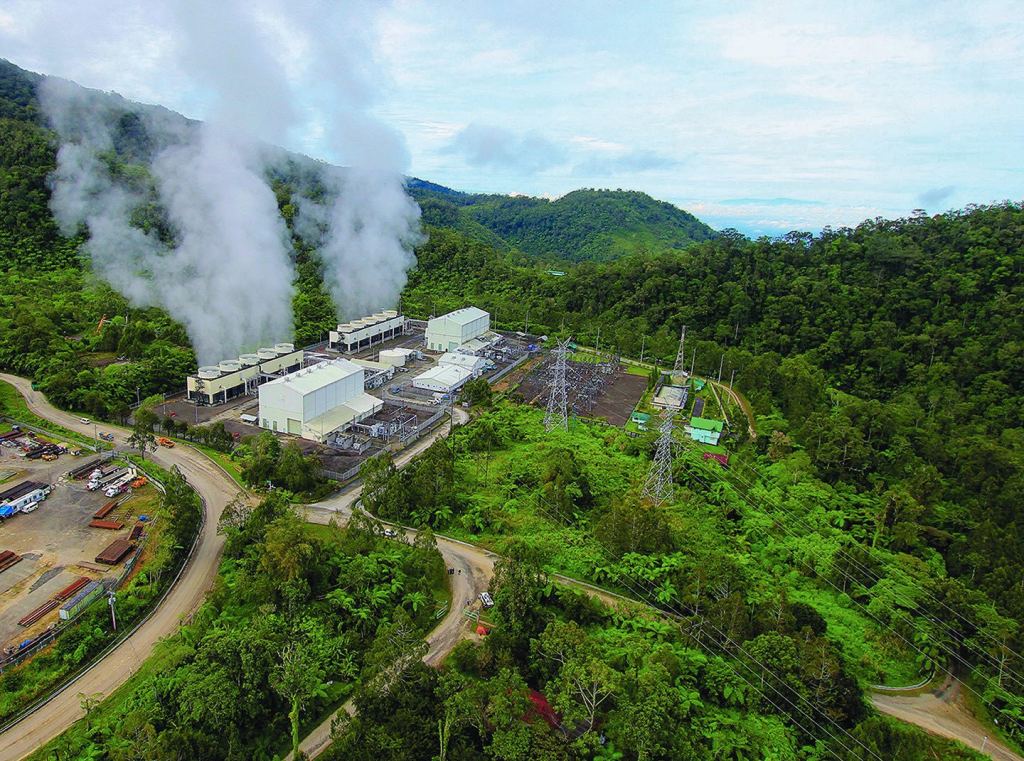Geothermal energy is a renewable and sustainable source of power that harnesses the heat from within the Earth’s core. It has gained significant attention in recent years as an eco-friendly alternative to traditional fossil fuels. With its potential to reduce greenhouse gas emissions and provide a constant supply of energy, geothermal energy plays a crucial role in promoting sustainable living and eco-friendly lifestyles.
Unlike other renewable energy sources like solar or wind power, geothermal energy is not dependent on weather conditions. It taps into the natural heat generated by the Earth’s core, which remains relatively stable throughout the year. This means that even during cloudy days or when the wind is calm, geothermal power plants can continue generating electricity consistently.
The process of harnessing geothermal energy involves drilling deep wells into hot underground reservoirs known as geothermal fields. These fields contain water heated by magma beneath the Earth’s surface. When this superheated water rises to the surface through natural fractures or man-made wells, it creates steam that can be used to drive turbines connected to generators.
Geothermal power plants are classified into three types: dry steam, flash steam, and binary cycle plants. Dry steam plants were among the first types of geothermal facilities developed and use high-pressure hot steam directly from underground reservoirs to generate electricity. Flash steam plants are more common today and utilize water at lower temperatures (around 200°C) by converting it into low-pressure wet steam before driving turbines. Binary cycle plants are capable of utilizing even lower-temperature resources by passing hot water through a secondary fluid with a lower boiling point than water itself.
One significant advantage of geothermal energy is its minimal environmental impact compared to conventional fossil fuel-based power generation methods. Geothermal power plants produce virtually no greenhouse gas emissions once operational because they don’t burn any fuel for electricity generation—instead relying solely on heat extraction from underground sources.
Another benefit is that unlike solar or wind farms, which require vast land areas, geothermal power plants have a smaller physical footprint. They can be built vertically by drilling deep wells, allowing for more efficient use of land resources and minimizing disruption to natural habitats.
Geothermal energy has the potential to play a vital role in the transition towards sustainable living and eco-friendly lifestyles. Governments and organizations worldwide are increasingly investing in geothermal projects as part of their renewable energy strategies. As technology improves and costs decrease, it is expected that geothermal energy will continue to grow as a reliable and sustainable source of electricity generation.
By harnessing the Earth’s natural heat, we can reduce our dependence on fossil fuels, mitigate climate change impacts, and create a cleaner future for generations to come. Geothermal energy offers an exciting opportunity to embrace sustainable living without compromising on our need for consistent and reliable power.

Leave a comment